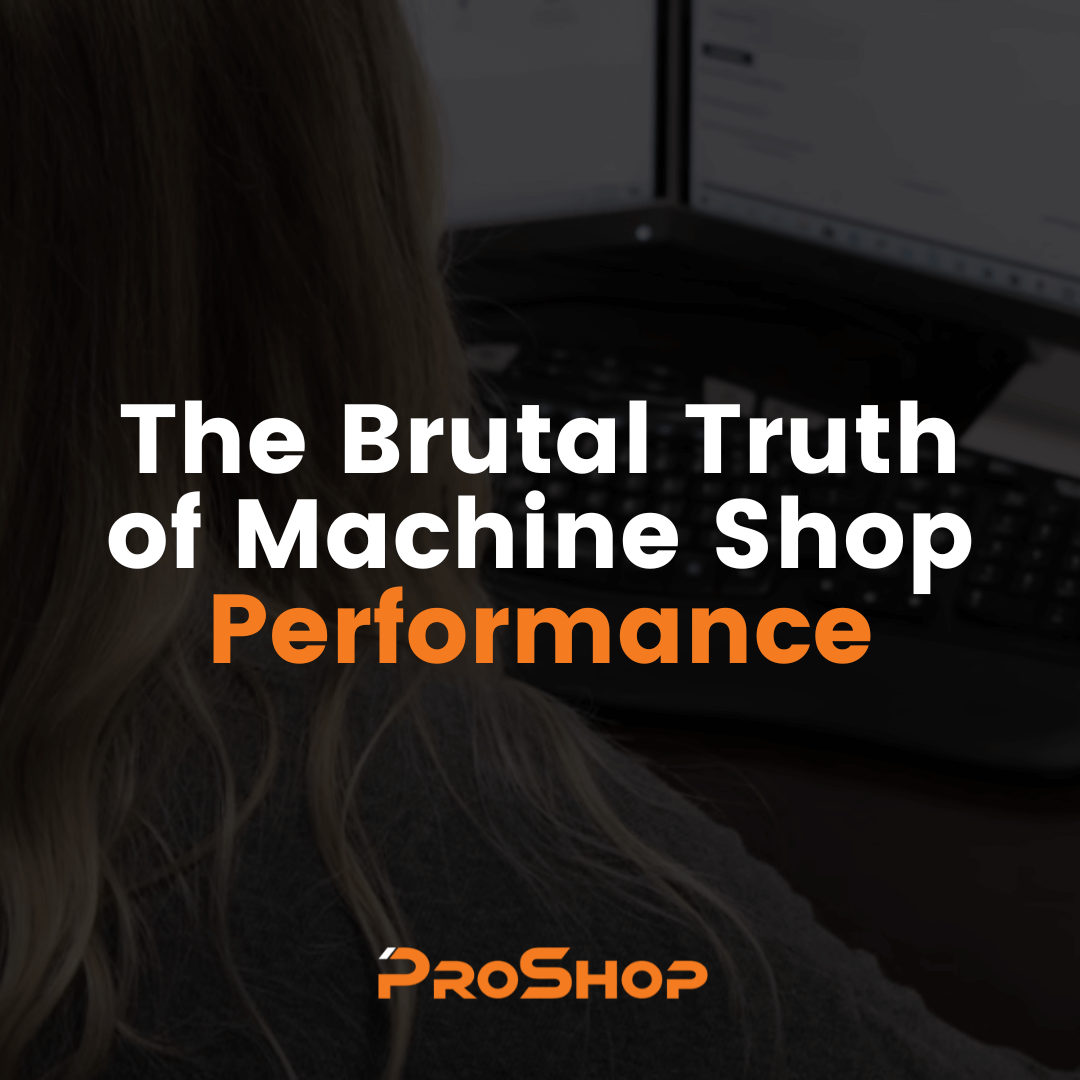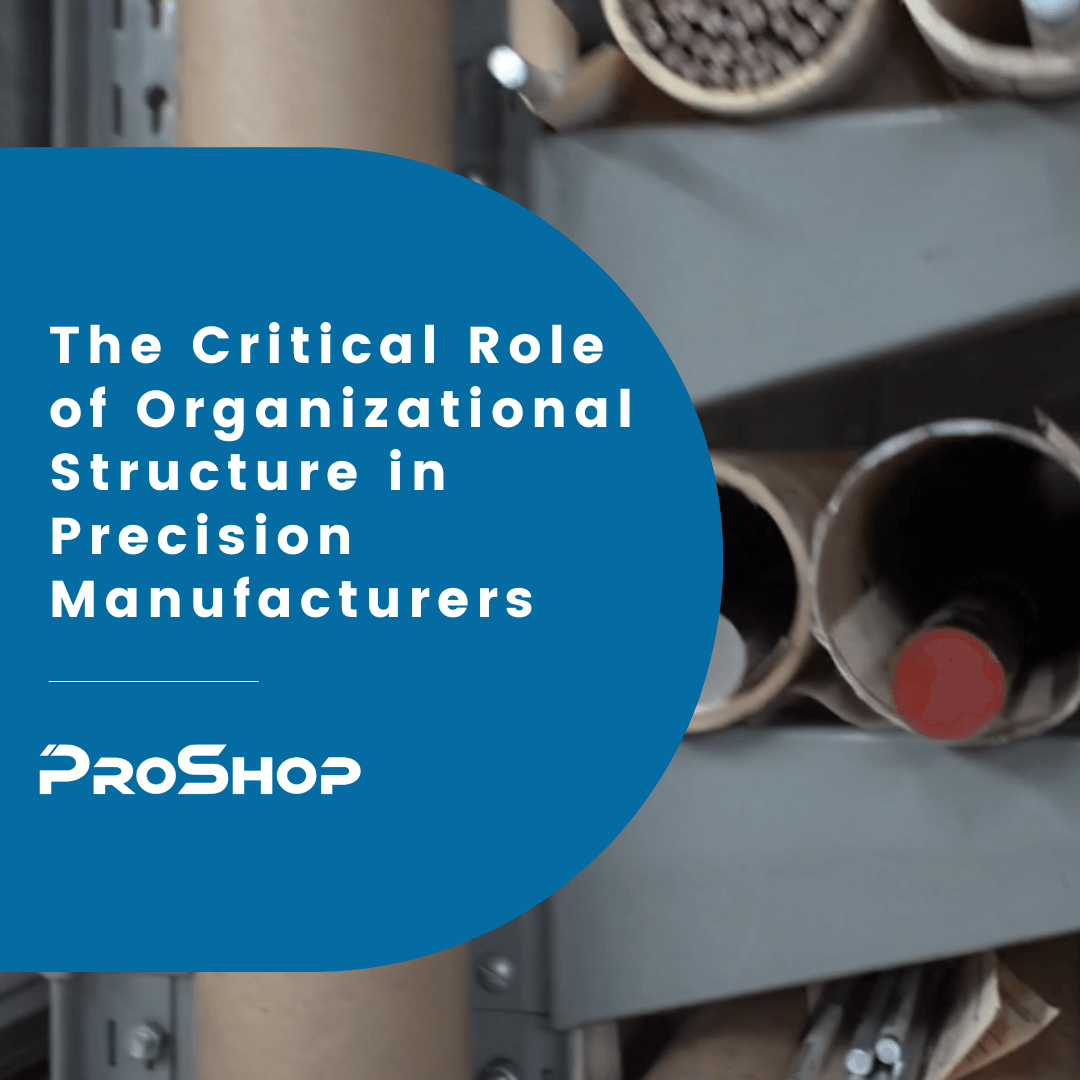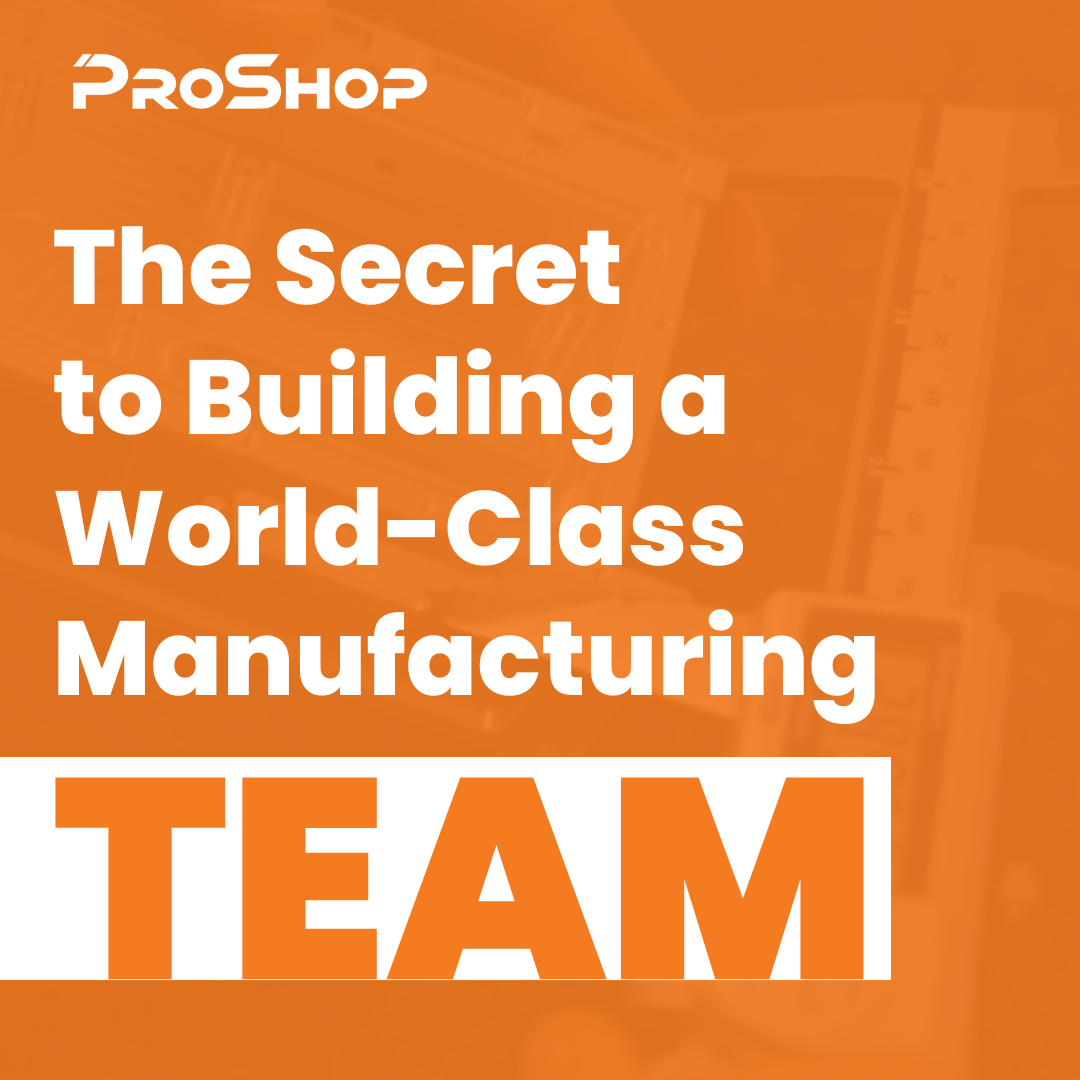Process
& Scheduling
Management
Maintenance
Management
& Inspection
& Material Planning
Financial Data
Management
Author: Paul Van Metre
Machine shops are a hotbed of research and development (R&D). Yes, you heard me right. R&D isn’t just scientists and equipment working in a lab. Job shops especially, and machine shops of all kinds participate in substantial R&D efforts every year. Did you know that R&D costs are eligible for a tax credit? According to Fabricating & Metalworking Magazine, it’s been estimated that just 1 in 20 shops apply for the R&D tax credit. Most are leaving hard-earned dollars on the table when it could be in your bank account! Just consider these common scenarios you likely engage in daily:
These activities are considered R&D from a tax point of view and may qualify for the R&D Tax credit. Heck, even researching a trade show is considered R&D!! Few shops take advantage of this credit and end up paying way more in taxes than they need to.
Let’s go into a bit more detail about a few of the most common activities that a CNC machine shop or job shop may be able to apply to the R&D Tax credit. I’ll also preface this by saying, I’m not a tax professional, and you should always consult with your accountant or tax advisor on any of these topics. There are also companies who specialize in helping shops apply for the R&D tax credit.
The tax code says eligibility for the R&D Tax Credit hinges upon improving a product, process, technique, formula, invention, or software. Sounds like things you do every day?
Does the Activity Qualify?
When trying to figure out if an activity meets the requirement of the R&D Tax Credit, there are 4 tests it must pass to potentially qualify:
Sounds a lot like things your shop does every day, huh?
Improvement in general is R&D
Improving a process or a product is something that most shops do all the time and falls directly in line with all 4 of the above test criteria. Just think about all the activities that meet the criteria that you do every day. When a client asks you to quote on a prototype job, or you provide DFM feedback, you’re working on an R&D activity. When you build and help iterate to improve that product or process, that’s absolutely R&D. When you decide to build a new fixture to improve the work holding of a part you’re manufacturing, that’s R&D – both the labor and the materials you have to buy. When you decide to reprogram a part to take some cycle time out of it, that’s R&D. When you buy a fancy new insert mill or other cutter and need to dial in the cutting parameters, that’s R&D. When you think of it through that lens, you’ll quickly realize that you do R&D every day!
Research is R&D
As shops grow in the sophistication of their equipment and machines, taking on new manufacturing processes and learning how to use them, that activity should qualify as R&D. So the cost and the time to learn about new 5-Axis machines or a new EDM technology at IMTS or other trade shows is considered R&D. If the cost is incurred on these types of activities, it will likely qualify.
Lean Improvements are R&D
I can’t think of a better win/win than spending time on dedicated improvement activities to reduce waste in your value stream while receiving tax credits for the time and cost incurred! If you move machinery around to promote better flow of product, build new lean workstations, or just study a process with a Kaizen team in order to analyze your before state, and then work to improve the process, that’s all likely eligible for the R&D Tax credit.
We’ve identified that many common shop activities may very well qualify for tax credits, so what’s next?
Documentation of Activity and Cost
Uncle Sam isn’t going to take your word for it. You must have hard evidence of your activities and cost. This documentation should include things like:
It’s not on the top of everyone’s list to document these things, but when a bit of thought is put in upfront, and a system for this record-keeping is developed, you can easily see that the small amount of effort to document the costs will be well worth the time.
Carryforward and Other Things
If you’re one of the 19 out of 20 shops that hasn’t applied for an R&D Tax Credit, you can retroactively apply for up to 3 years. So think back on what projects or activities you could apply for and what records you have, talk to your tax professional and get some of your hard-earned money back. Around 36 of the US states also have their own tax credit system, so the benefits could multiply if you operate in one of those states. There are upper limits to how much tax credit you can apply for, but if you’re a typical job shop doing lots of the activities outlined above, you should have ample activities to apply for.
How Can ProShop Help?
ProShop can primarily help with the documentation side of things. There are a few ways we can help with this. Every Work Order can have a “WO Class”. R&D Tax Credit is one of the default options, along with our “WO Types” of Prototype or 1st Run/New Rev. All three of those are likely to have highly qualified costs. You can also add any other options to WO Class or Type you’d like if you want to further segment your work. A quick query by the WO class will pull up all the work orders in a given time period instantly. From there, it’s a simple function to pull out all the labor hours and out-of-pocket expenses which can dramatically reduce the time spent on researching costs for the credit.
If you’d like to pull out just isolated time tracking activities, it’s possible to add notes to any time tracking event. So if you train your staff on what activities qualify as R&D, then it’s possible to pull up a list of time tracking for the year and filter just the ones with the R&D tag on it, pulling out thousands of dollars of credit in just a few minutes of work.
Recently we had a customer email us in the early afternoon telling us his accountant needed this data. He wasn’t quite sure how to pull it out the easiest way. By 4 pm we were on a Zoom call with him and shortly after had compiled all the information he needed to apply for thousands in tax credits for the prior year. When it’s that fast and easy, you’re much more likely to do it, and get those credits that Uncle Sam genuinely owes you!
For more detailed information, this guide from Moss Adams is a great one to start with.


